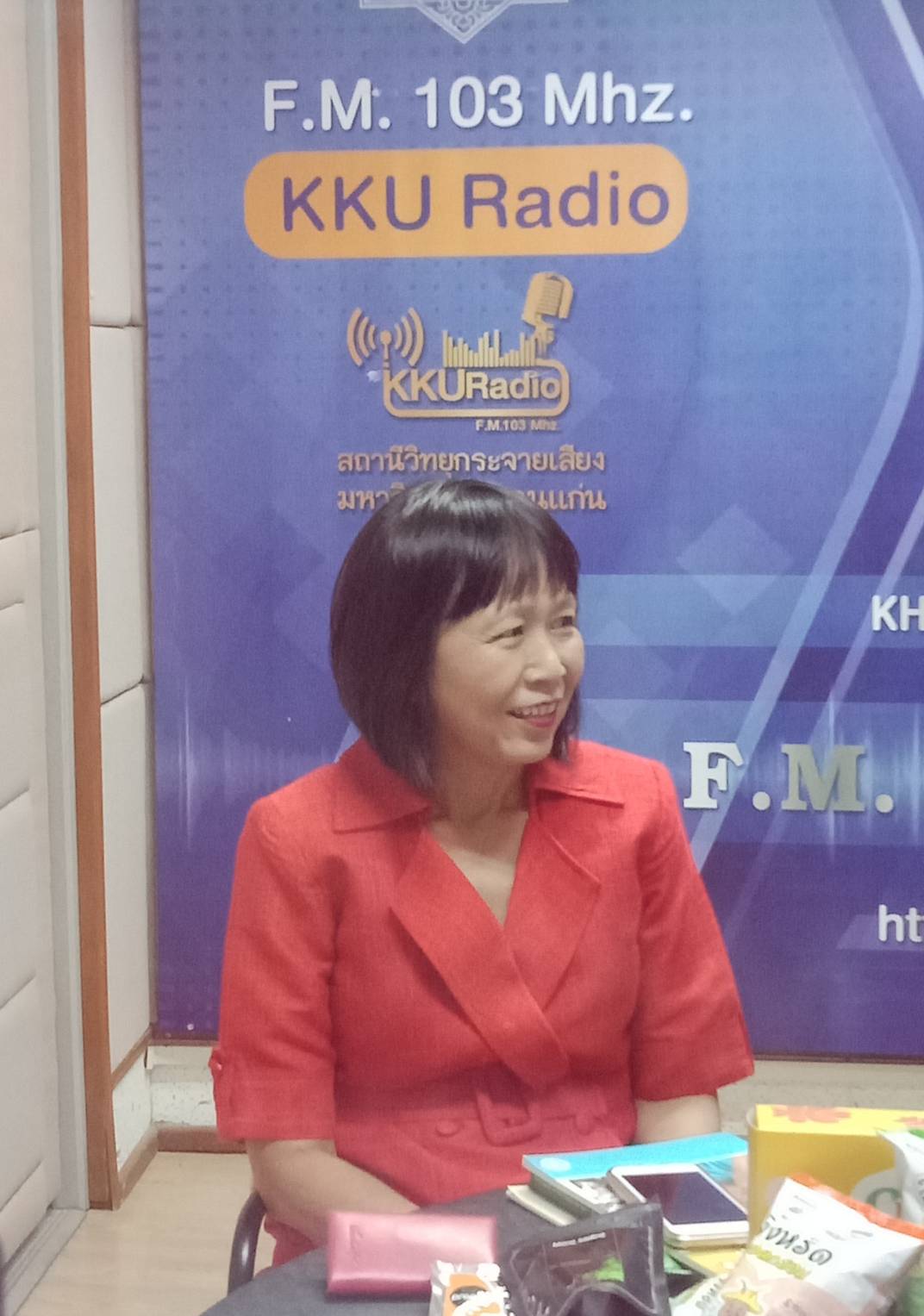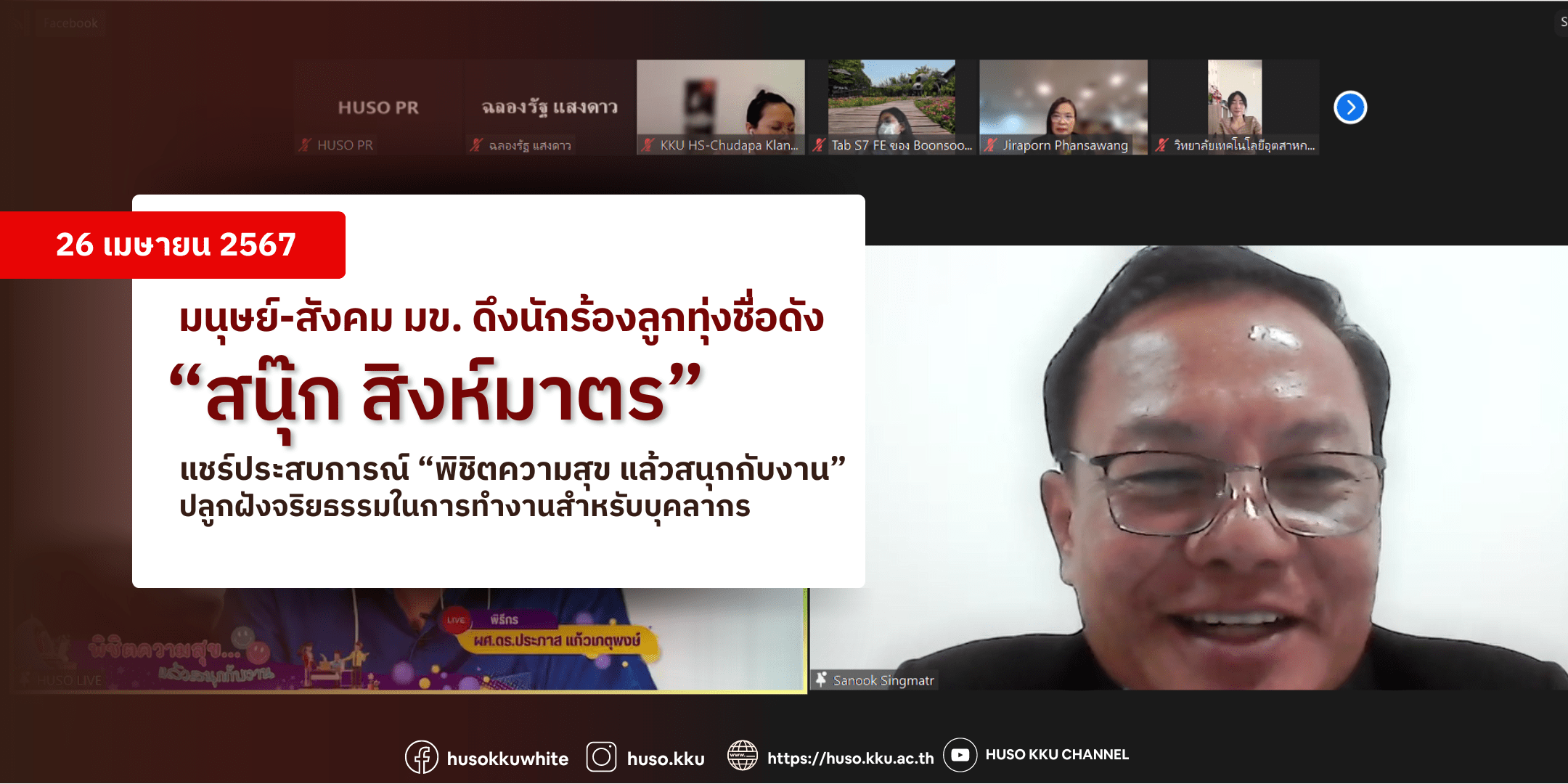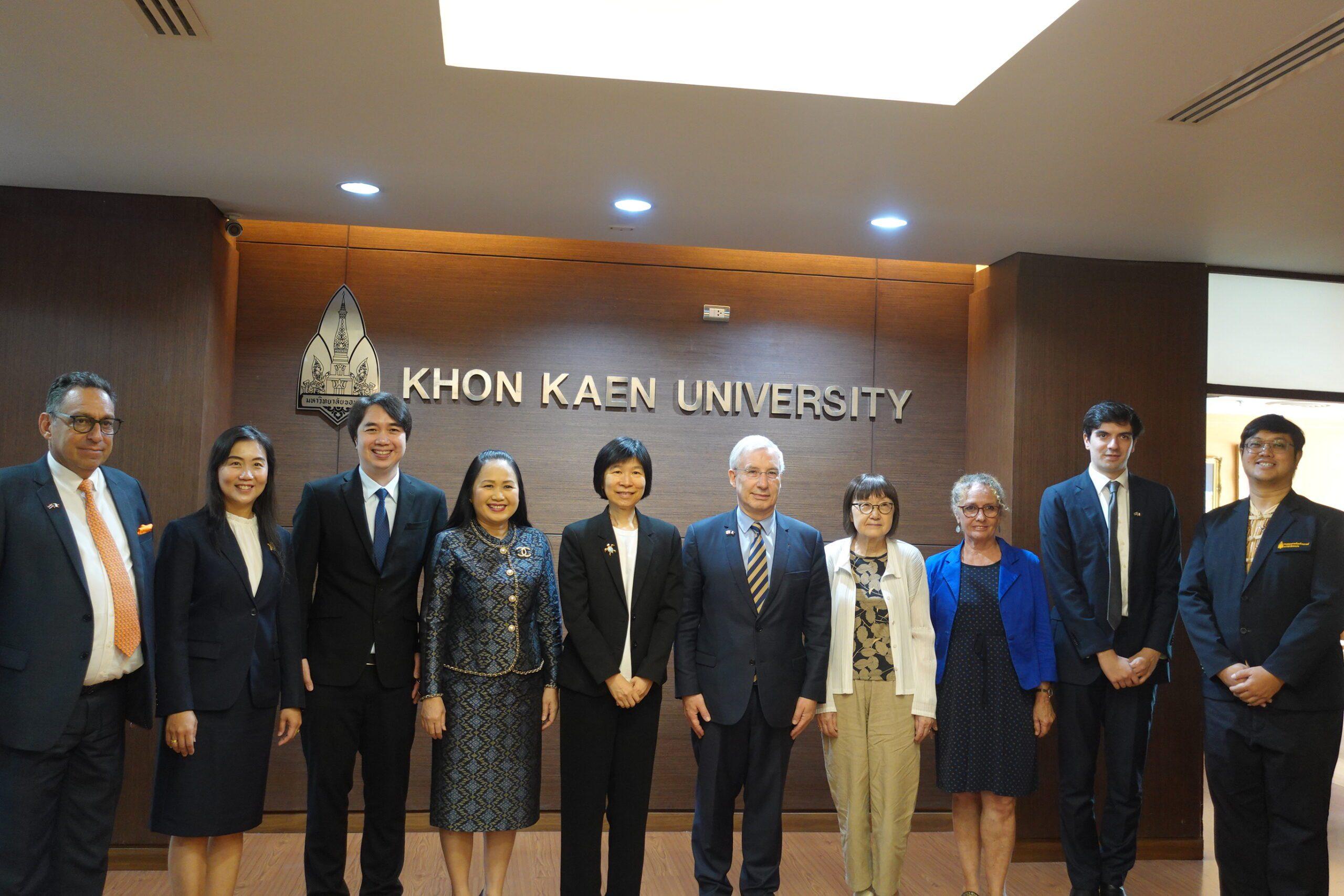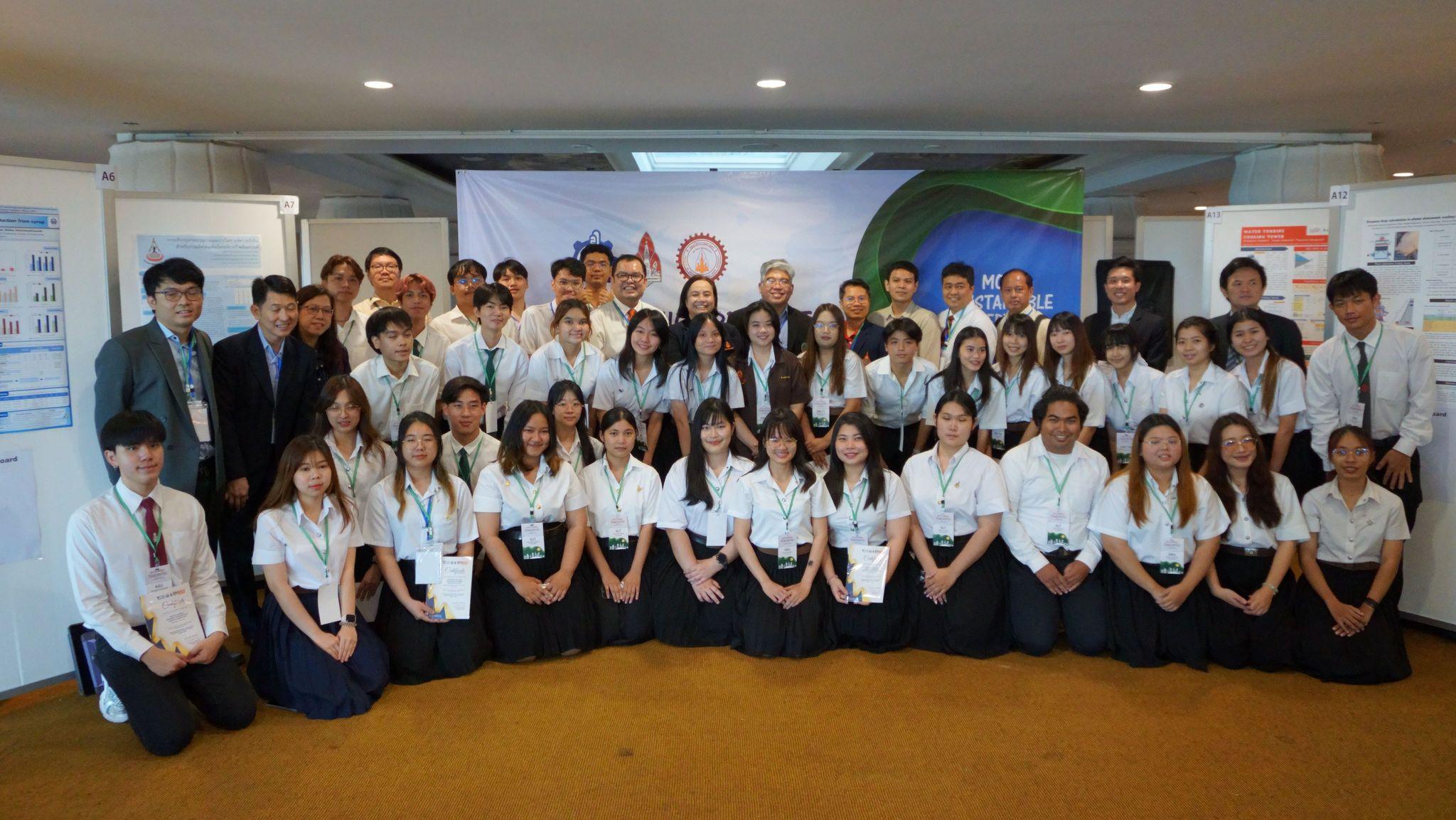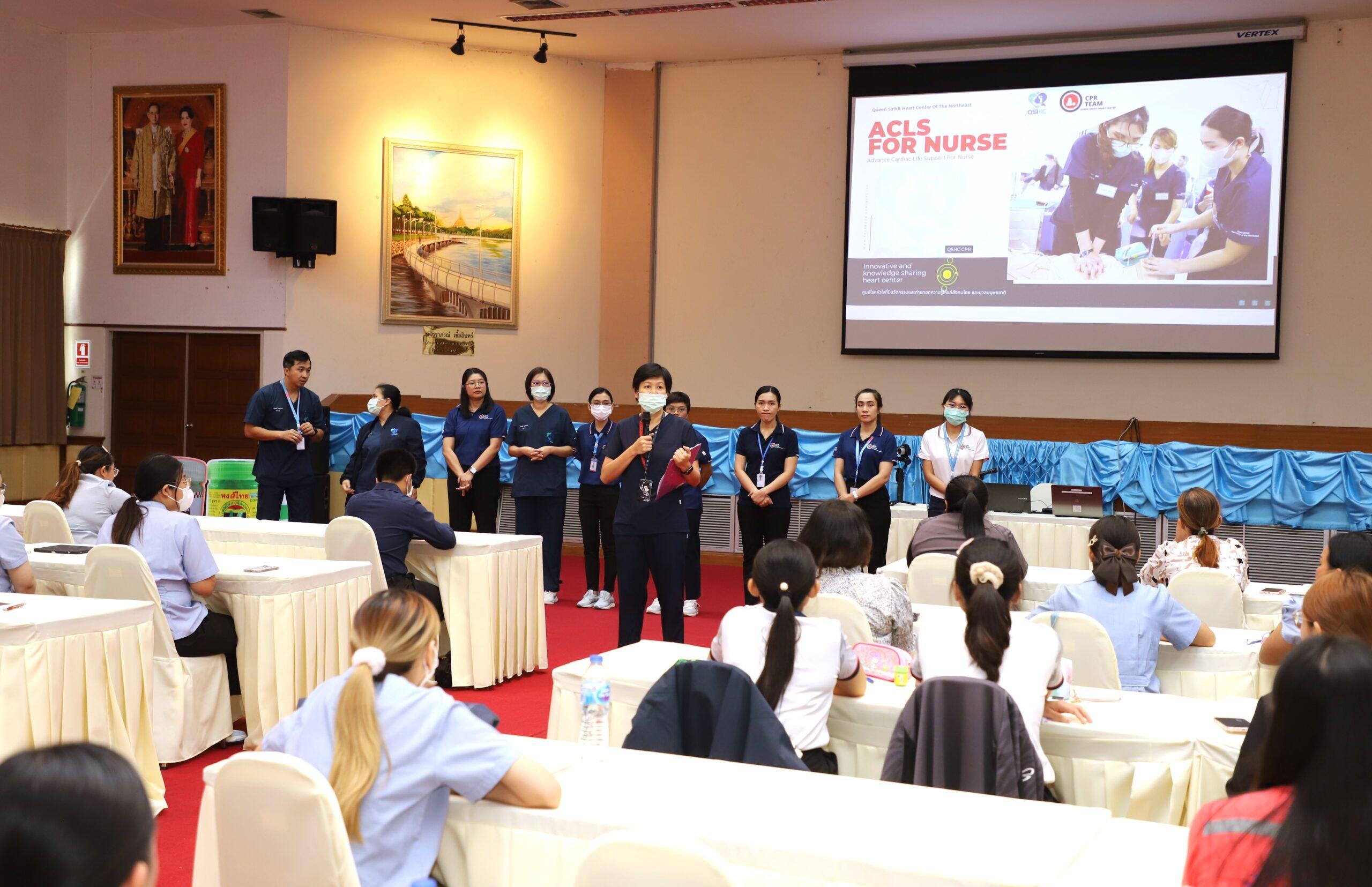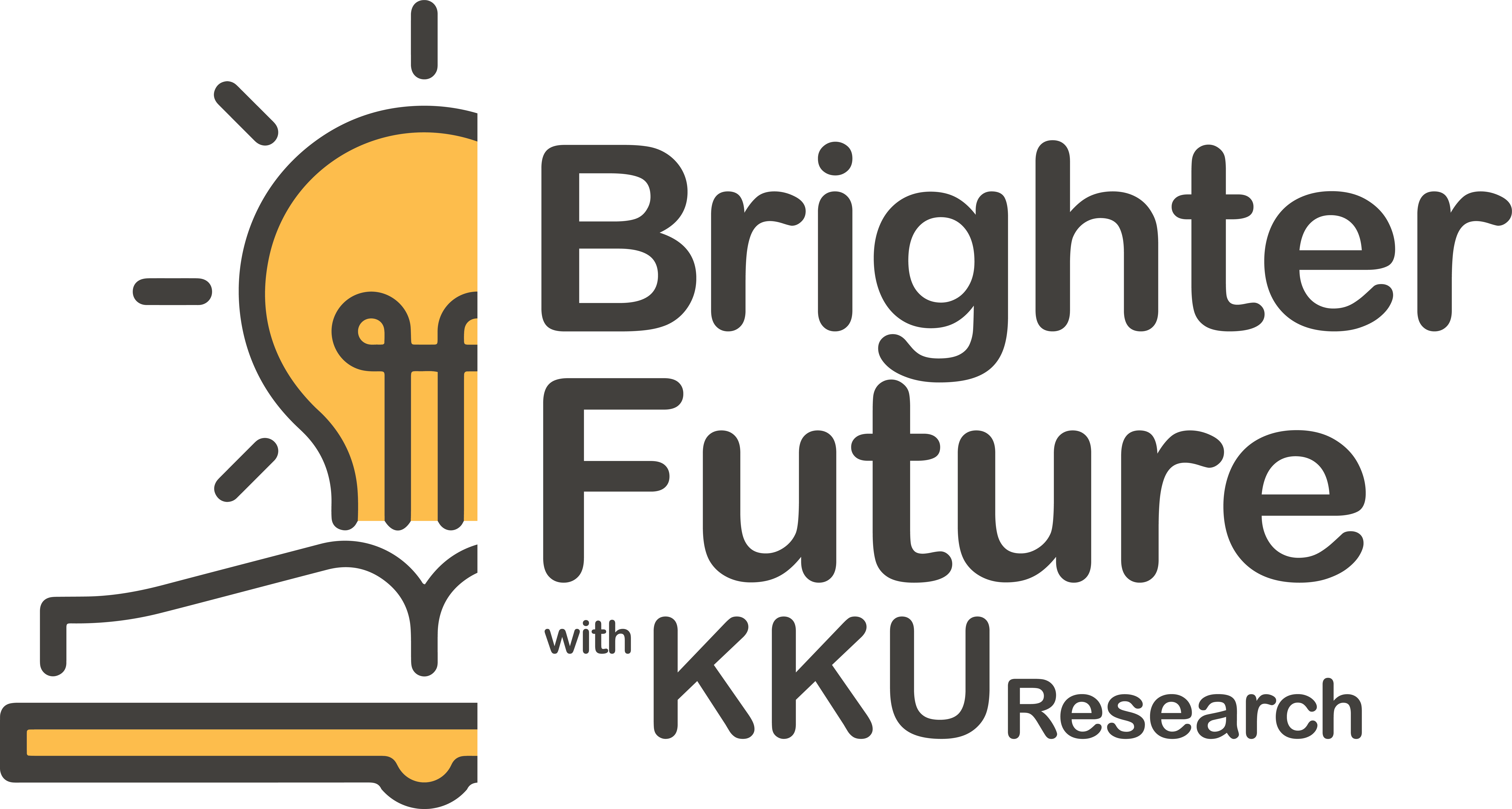FAO สาขาเอเชียตะวันออกเฉียงใต้ จะจัดให้มีการประชุมสัมมนา การเปิดตัวหนังสือคู่มือการทำฟาร์มจิ้งหรีดอย่างยั่งยืนและมีมาตรฐานสำหรับเกษตรกรและผู้ตรวจฟาร์ม
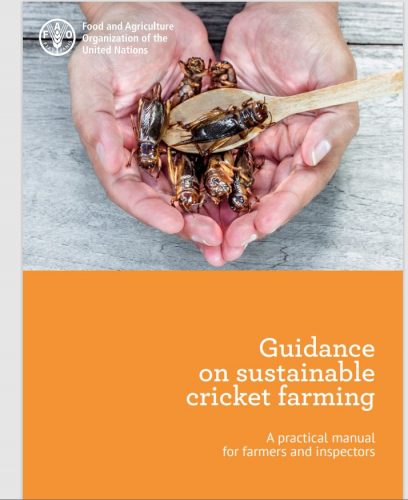
ขอเชิญผู้สนใจเข้าร่วมรับฟังการประชุมสัมมนาFAO สาขาเอเชียตะวันออกเฉียงใต้ ในการเปิดตัวหนังสือคู่มือการทำฟาร์มจิ้งหรีดอย่างยั่งยืนและมีมาตรฐานสำหรับเกษตรกรและผู้ตรวจฟาร์ม ซึ่งเป็นผลงานของ ศ.ดร.ยุพา หาญบุญทรง หัวหน้าภาควิชากีฏวิทยาและโรคพืช คณะเกษตรศาสตร์ มหาวิทยาลัยขอนแก่น และที่ปรึกษาขององค์กรอาหารและการเกษตรแห่งสหประชาชาติ (FAO) ซึ่งจะเป็นผู้นำเสนอถึงความสำคัญพร้อมรายละเอียดของหนังสือคู่มือนี้และแลกเปลี่ยนความคิดเห็น ทาง Zoom Meetting ตั้งแต่เวลา 14.00 – 15.30 น. วันนี้ พฤหัสบดีที่ 17 ธันวาคม 2563 โดยสามารถเข้าร่วมรับฟังได้ตามลิ้งก์นี้
(Zoom link https://fao.zoom.us/j/93690423594: Meeting ID: 936 9042 3594; Passcode: 962904) to launch the new FAO publication “Guidance on sustainable cricket farming” on 17 December 2020, 14:00-15:15, ICT (Bangkok).
PRESS RELEASE
FAO releases a comprehensive guide to sustainable cricket farming
17 December 2020, Bangkok – FAO publications “Six-legged livestock: edible insect farming, collection and marketing in Thailand” and “Edible insects: future prospects for food and
feed” caught attention in recent years for advancing the proposition that edible insects could contribute to meeting the food, nutrition and feed needs of a growing world population. The edible insect farming continues to expand and supply international markets and this demands food safety assurances and sustainable practices. FAO released today Guidance on sustainable cricket farming, a new comprehensive manual on rearing cricket, aiming to address knowledge gaps among cricket farmers and the government agencies mandated for ensuring food safety and hygiene.
FAO collaborated with Khon Kaen University to produce this manual. The lead authors Dr Yupa Hanboonsong (Professor, Khon Kaen University) and Patrick Durst (former Senior Forestry Officer in FAO) described the relevance and contents of the manual. They explained how the manual could guide new cricket farmers to start the business with a minimum of errors, and how it might offer practical management tips to those already do farming. They also explained how systematic framework in the manual could help inspectors in monitoring farming practices and ensuring food safety and sustainability.
While cricket farming has been developing rapidly in recent years, it has done so largely independently of government and research institutional support, according to the publication. Miss Sukontarattanasook , Veterinarian and founder of a Cricket Farm said ‘cricket is quite new product for several consumers and to make such edible insect better acceptable, we should ensure that it comes from clean and safe sources; the cricket manual will help farmers in this’. In Thailand, there were some 20 000 active cricket farmers active in 2013, but most learned their farming practices through trial and error, with little science-based research or best practices to guide them. “The guide will go a considerable way to helping prevent new cricket farmers make avoidable mistakes in farm management while also safeguarding health and safety for end consumers,” said Thomas Hofer, Senior Forestry Officer. “The guidance provided in this manual will help open up cricket rearing as an increasingly viable option to farmers around the world while setting standards for the practice, which requires less time, land and water than with conventional livestock and generates a lighter environmental footprint.”, he added.
For more interesting cricket facts, please see the document released at Insects for food and feed
เบญจมาภรณ์ มามุข รวบรวม/ ข่าว

